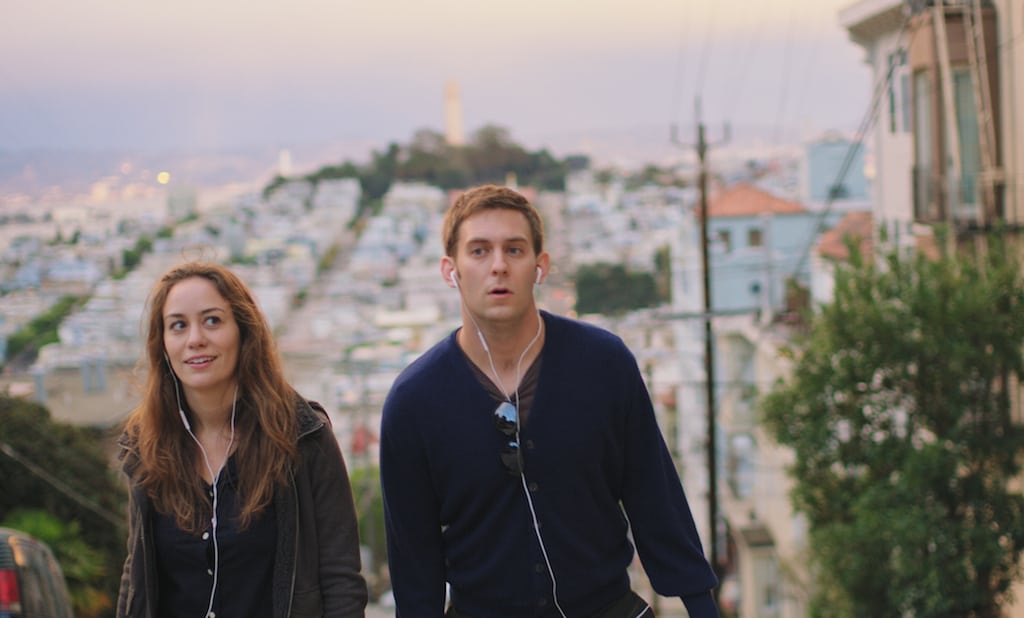Detour App Shows the Promises and Challenges of Geo-Location Travel Tech

Skift Take
Detour has redesigned the audio walking tour for the mobile generation, and the user experience is almost flawless. But there's still a lot of work to do to convince travelers that audio tours are relevant in this day and age, and a long way to go until the economics make any sense.
Developed by Groupon founder Andrew Mason, Detour is an audio walking tour app that uses geo-location technology to immerse users more immediately in the rhythm of a neighborhood.
Less than a year old, Detour launched a 2.0 iteration today with a new user interface, a smarter back-end, and a new business model. Although, there's still questions about the mainstream adoption potential of travel apps like Detour.
The geo-location functionality, which tracks a person's precise location, means the narrator speaks at the same walking pace of Detour users as they move along the tour route. So, for example, the narrator will direct participants into a historically significant cafe on a street corner as soon as the app senses that they have arrived at that corner.
Sample tours include a route through New York's Bronx borough to explore the birth of hip-hop. Another in San Francisco's North Beach district explains how the Beat Generation writers advanced freedom of speech rights in America during the 1950s.
Geo-location also makes Detour a mostly hands-free experience, so users aren't constantly looking at their device to follow a pre-determined path. That frees up participants to be more in the moment and more aware of their surroundings.
Detour 2.0 Upgrades
With the next generation of Detour, users can no
